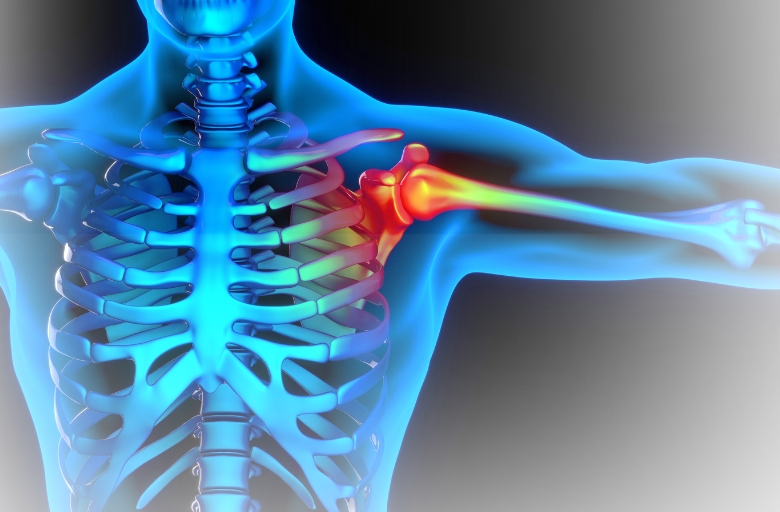Step-by-Step Guide to Recovering from Shoulder & Elbow Replacement
Published on July 25, 2024 By Dr. Vivek Mittal
Introduction
For individuals suffering from persistent joint pain, shoulder and elbow replacement surgery can be life-changing. These procedures significantly improve mobility and overall quality of life. However, recovering from shoulder and elbow replacement surgery plays a crucial role in achieving the best outcomes. Following medical instructions carefully ensures a smooth and effective healing process.
Understanding Shoulder & Elbow Replacement
Shoulder and elbow replacement surgeries replace damaged joints with artificial implants to restore function and relieve pain. Doctors usually recommend these procedures for patients with severe arthritis, fractures, or other joint-related conditions that do not respond to conservative treatments.
Choosing the Best Surgical Option
Opting for a minimally invasive procedure in Delhi speeds up recovery and reduces pain. Compared to traditional methods, these techniques require smaller incisions and offer quicker healing. Advancements in robotic-assisted surgery have also enhanced precision and improved outcomes. Consulting an experienced robotic joint replacement surgeon in Delhi ensures the best results.
Step-by-Step Recovery Process
1. Post-Surgical Hospital Stay
After surgery, you will remain in the hospital for a few days to ensure a safe recovery. During this time:
- Doctors implement pain-management techniques.
- Initial physiotherapy sessions begin to improve mobility.
- Your surgeon provides detailed wound care instructions and activity restrictions.
2. At-Home Recovery
Once discharged, at-home care becomes essential for a smooth healing process:
- Wound Care: Keep the surgical site clean and dry. Follow your doctor’s guidelines for dressing changes.
- Medication: Take prescribed pain relievers and antibiotics as directed.
- Rest: Avoid strenuous activities to prevent strain on the new joint.
3. Physical Therapy
Physiotherapy plays a key role in regaining mobility and rebuilding strength. Your therapist will design a personalized program focusing on:
- Range of Motion: Gentle exercises enhance joint flexibility.
- Strength Training: Gradual strengthening exercises restore muscle support.
- Functional Training: Practicing daily activities improves independence.
4. Regular Follow-Up Appointments
Ongoing medical supervision ensures a successful recovery. Regular check-ups with your surgeon involve:
- X-rays and Assessments: Doctors monitor implant positioning and healing progress.
- Treatment Adjustments: Your surgeon may modify rehabilitation plans based on your recovery speed.
5. Resuming Daily Activities
As you heal, gradually reintroduce regular activities while keeping these tips in mind:
- Listen to Your Body: Avoid overexertion and report any discomfort to your doctor.
- Ergonomic Adjustments: Modify your home and workspace to minimize strain on the joint.
Long-Term Care for Shoulder & Elbow Replacement
Maintaining a healthy lifestyle and following a proper exercise routine helps prolong implant durability. To ensure long-term success:
- Stick to prescribed workouts for optimal joint function.
- Maintain a healthy weight to reduce stress on the joints.
- Schedule routine check-ups with your surgeon to assess implant condition.
Final Thoughts
Recovering from shoulder and elbow replacement surgery requires patience, dedication, and adherence to medical guidance. Choosing the best minimally invasive surgery in Delhi and consulting a qualified robotic joint replacement surgeon significantly enhances recovery outcomes. Every patient’s journey is unique, and following these steps ensures a smooth, pain-free recovery.




